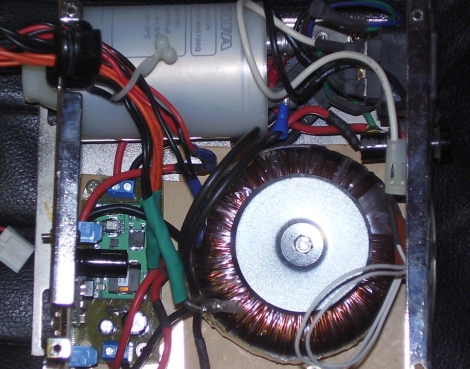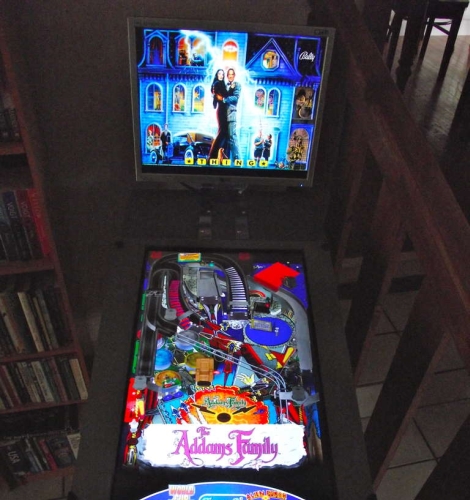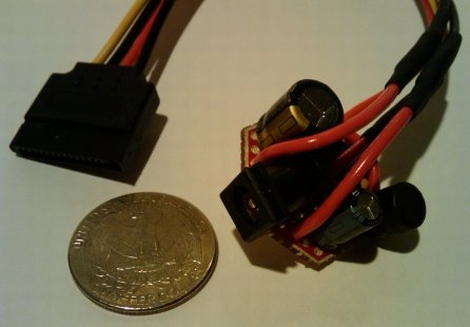You may not have ever thought about it, but the far-too-often-used keyboard combination of Control + Alt + Delete had to have been brought into existence by some random coder at some point in technological history. But wait, it wasn’t just a random coder. The keystroke combo is attributed to [David Bradley]. He was one of the original designers of the IBM Personal Computer. You can even hear his own recount of the story in the video after the break.
He came up with the idea after growing weary of waiting for the Power-On Self Test (POST) routine to finish during each reboot of his software testing regiment. We remember the old days of slow hardware and can understand his frustration at the lost time. He decided to throw in a shortcut that allowed the software to reboot without power cycling the hardware. The original implementation used CTRL-ALT-ESC, but was later changed so that one frustrated keyboard mash couldn’t accidentally reboot the system.

















